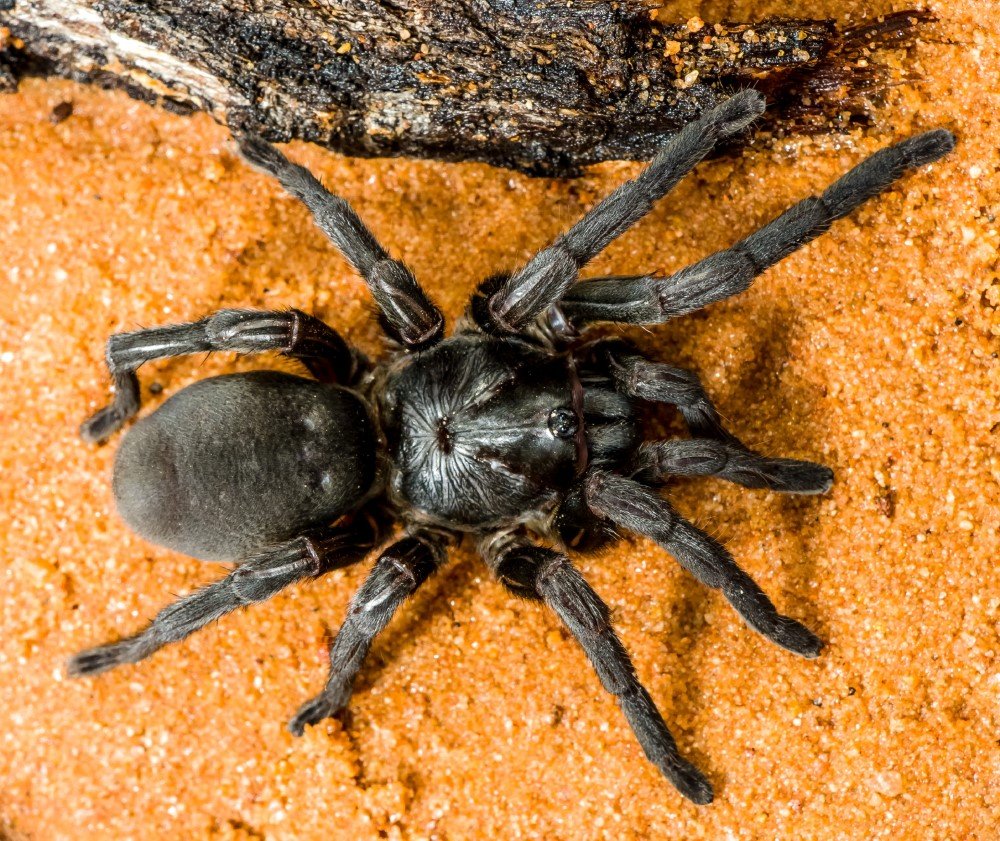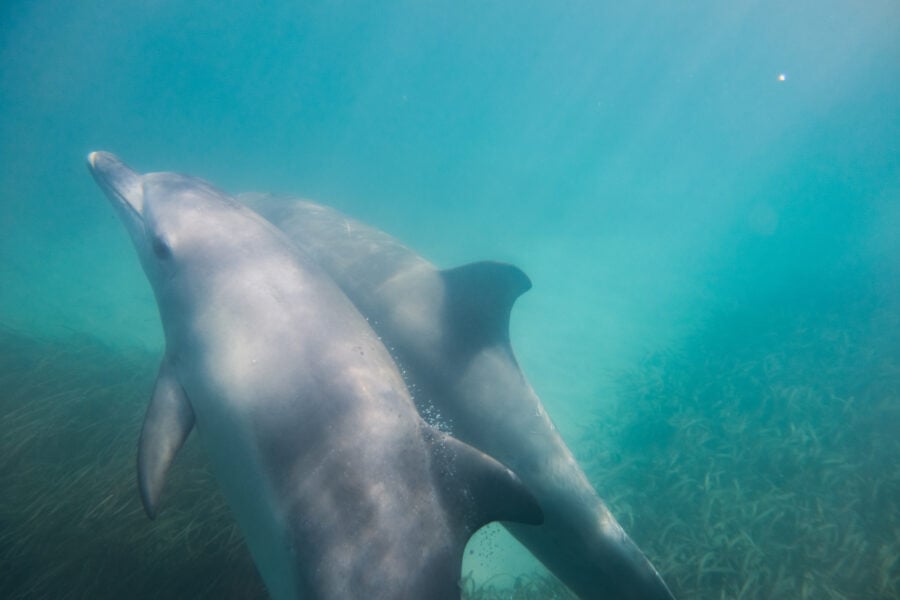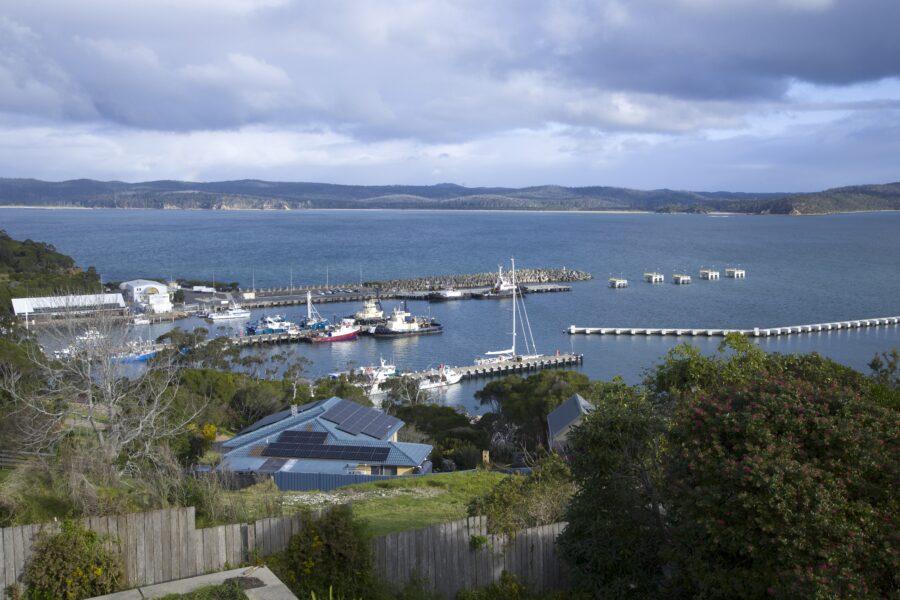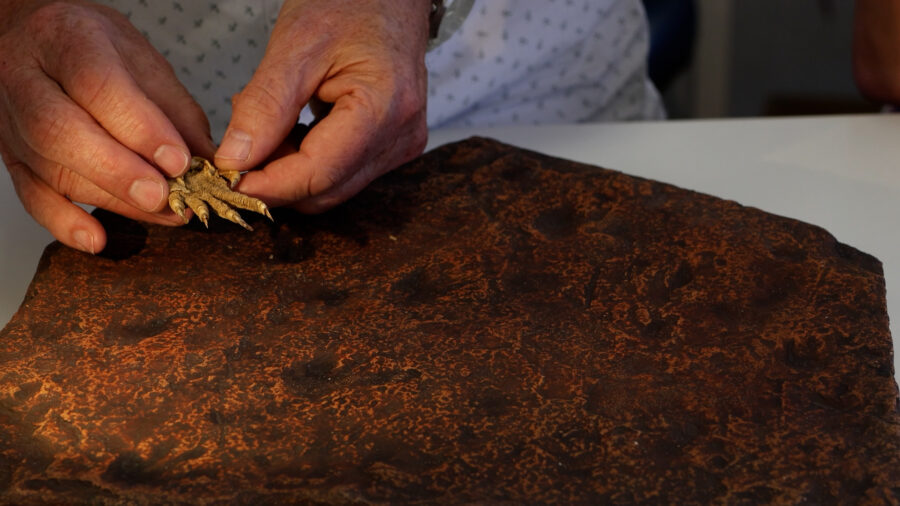More than 50 new spider species discovered in northern Queensland

A TEAM OF SCIENTISTS, rangers and traditional owners have identified more than 50 new species of spiders on the Cape York Peninsula. In search of the new species, the group spent two weeks wandering through open forests and cool sandstone gullies in Quinkan Country, west of Cooktown, in northern Queensland.
Dr Robert Raven is the Principle Curator of spiders at the Queensland Museum and was one of the four arachnologists on the expedition. Having previously identified 13 new spider species just 60km to the north of Quinkan, Robert was surprised to collect so many more new species in this adjacent area.

New species of brush-footed trapdoor spider. (Image: R. Whyte)
“Under one rock, down in a gully with a fresh-water spring pumping through, I found species from six arachnid orders. It was absolutely spectacular to see all these six groups together,” he said.
The diversity of arachnids in the area was “mind-blowing”, said Robert. The specimens collected range from small ant-mimicking spiders the size of a fingernail, to huge tarantulas as big as your face, and with “legs the diameter of a biro”.

Saddle-legged trapdoor spider, Conothele sp. Nov., family Ctenizidae. (Image: R. Whyte)

New species of ant-eating spider (Zodariidae Habronestes). (Image: R. Whyte)
It was at night and waist-deep in a creek when Robert came across the tarantulas on the bank. Here he also discovered that not only can the tarantulas swim, but they can also stay underwater for extended periods of time. The scientists are now closely studying this species and analysing its DNA.
The expedition was a part of the Bush Blitz discovery project, which also enables indigenous rangers to learn from scientists about important aspects of their local environment that may need attention in the future, and develop their skills as rangers.

A new species of Gnaphosidae Ceryerda, “swift spider”. (Image: R. Whyte)
Robert said the specimens collected during the Quinkan expedition are now being identified and photographed, and the researchers will look through the previous literature to find out which species have already been described and which could be new.
The analysis is just getting started, but with the new species count already surpassing 50, it is likely there are many more Cape York spiders to come.
READ MORE:
- 7 new species of peacock spider discovered
- The truth about white-tail spiders
- New spider may be world’s fastest lunging predator




